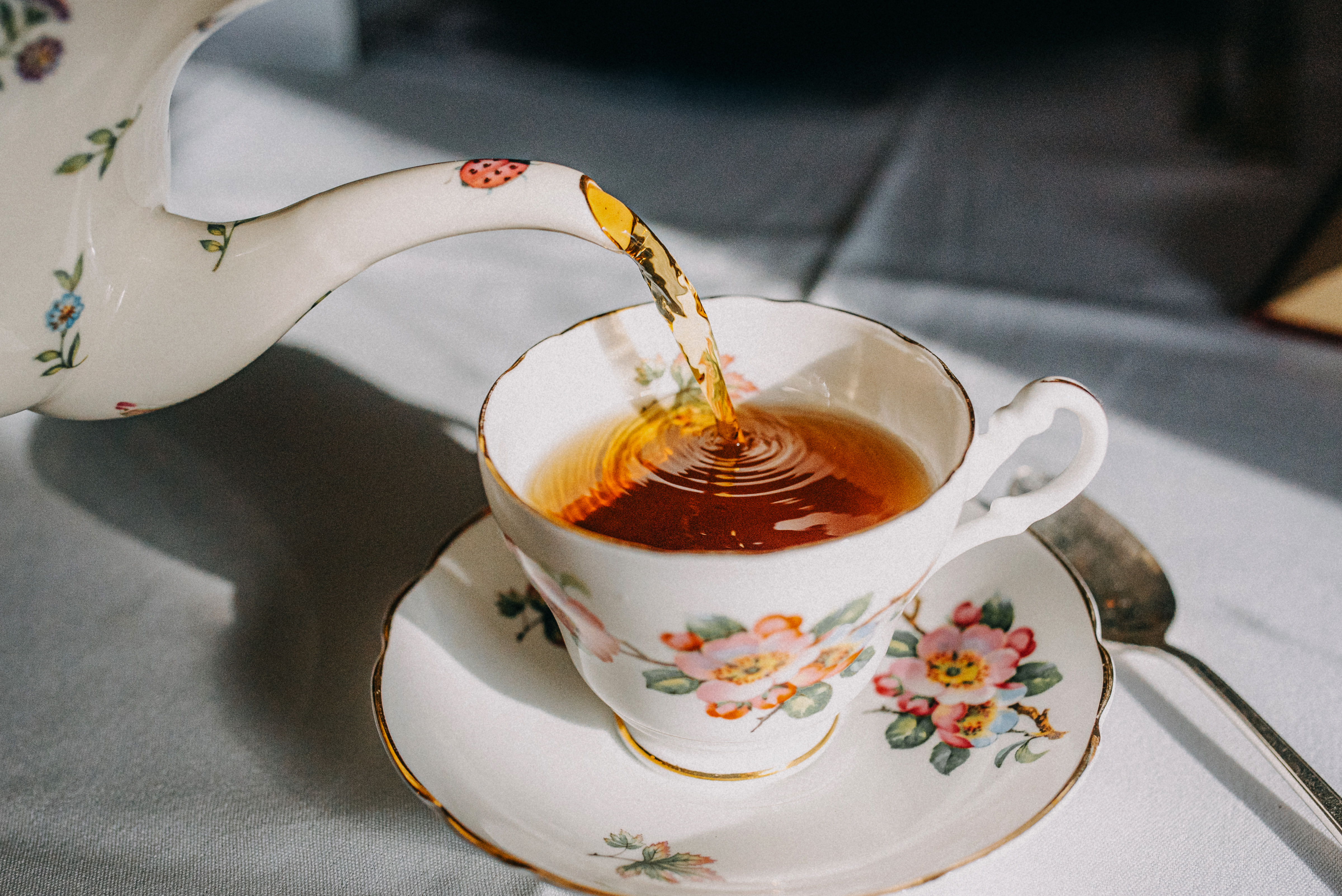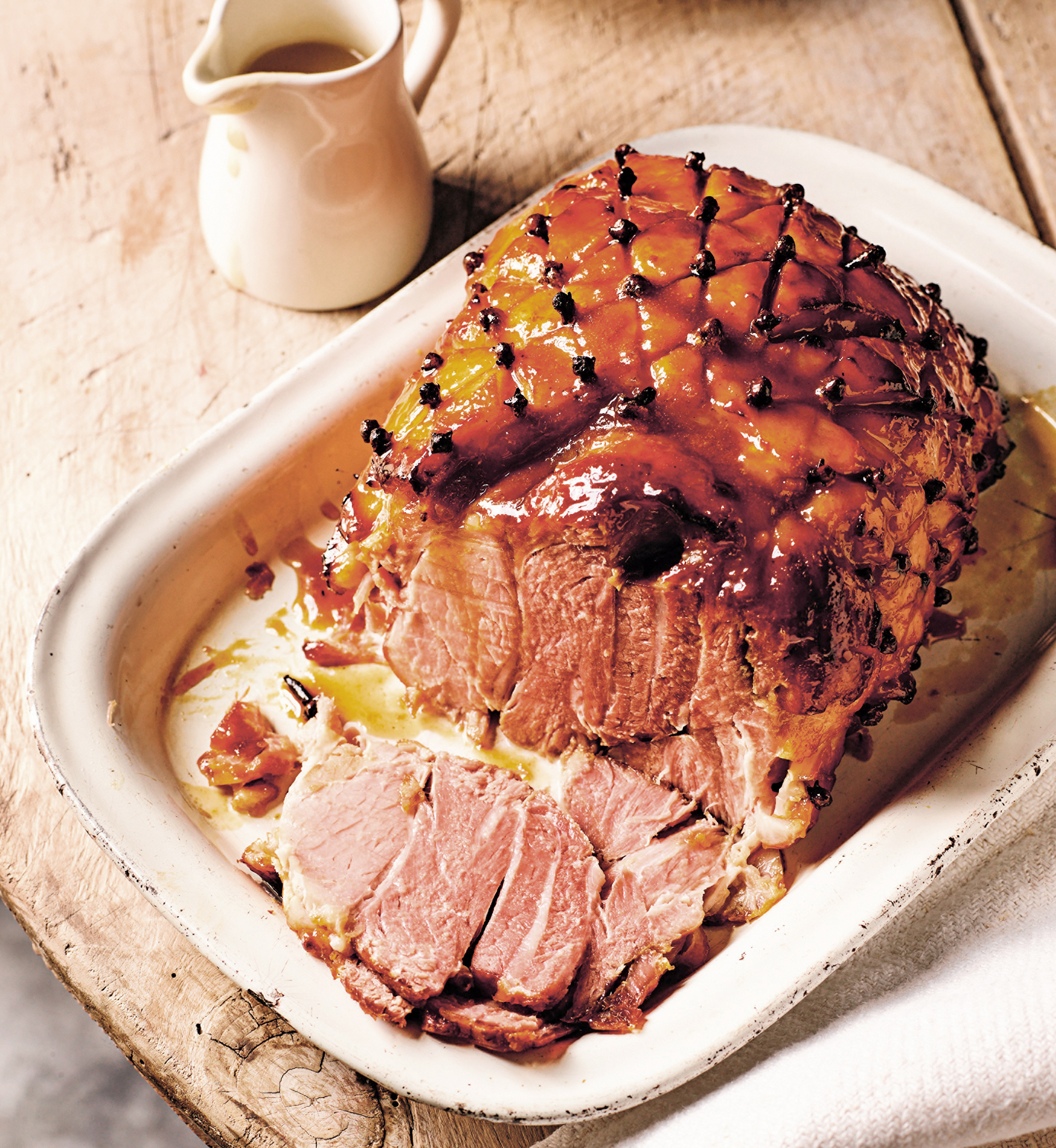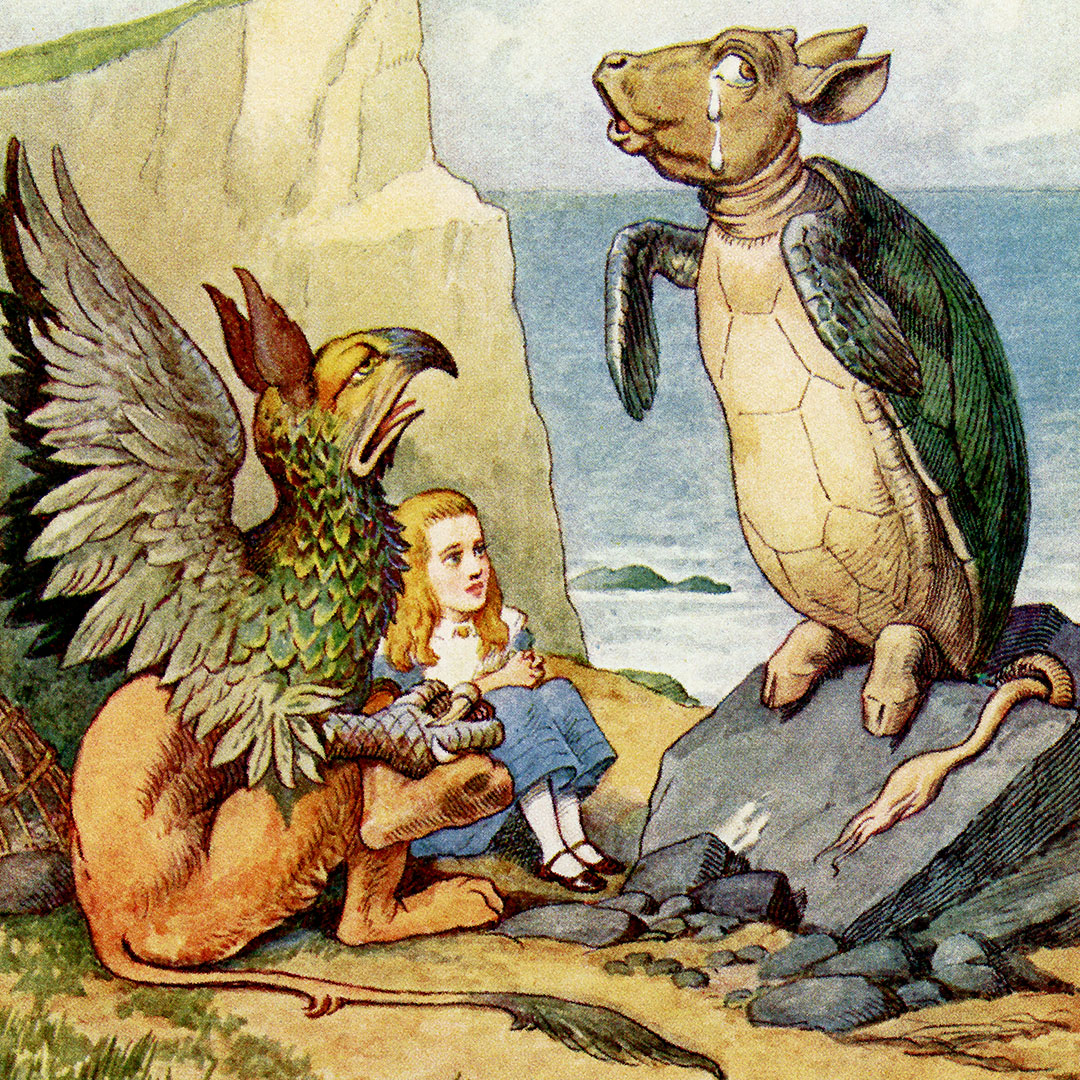Mince pies really did once contain meat — and this Victorian recipe will convince you that they should to this day
Once packed with meat, such as ox tongue and mutton, alongside dried and candied fruit and extravagant spices, the mince pie is not what it once was — and food historian Neil Buttery says that's made them worse.

For anyone unused to the food culture of the British Isles, a mince pie is positively strange: a sweet pie, with a filling called mincemeat and containing, we would expect, minced meat — yet it does not. This confusion was perfectly illustrated in the North American online magazine The Spruce in 2019, which took a traditional mincemeat-and-apple pie recipe at face value, baking a pie with a filling of minced beef and grated apple — then suggested serving it with custard. The mistake went viral and the recipe was pulled. Yet it is odd, when you think about it — why on earth is the filling called mincemeat when there is no meat, minced or otherwise? Well, ‘minced’ pies did once contain minced meat and, not only that, they were not confined to Christmastime.
We can trace the history of the mince pie as far back as the Middle Ages. These pies were large, high sided and filled with expensive ingredients: dried fruit, meat, spices and candied fruit. They sat on the dining table, together with several other dishes, the pastry — which was merely a container — cracked open and the delicious filling spooned out. The mixture sounds odd at first, but there wasn’t the sweet-savoury distinction we have today and it isn’t that weird, really — think of a North African tagine.
Because these pies were extremely expensive to make, they were only served on special occasions. Yet the folk of the Western world are an aspirational lot and what the upper classes had, the lower classes wanted, creating a trickle-down effect, with food being no exception. By the early modern period — the days of the Tudors and Stuarts — mince pies were a little more common, with the upper middle classes now getting a taste. Recipes for mincemeat were similar to those of the Middle Ages, although the pastry was by then edible. Standard recipes contained shredded suet, currants, prunes and spices such as caraway, cloves and mace. Booze and sugar were not typically added, although the mixture is recognisably mincemeat. There was a range of meats, such as beef and mutton, but there were many alternatives, especially for fasting days when no meat was allowed, including salmon, sturgeon and egg. Large mince pies were cylinder- or cube-shaped, with a fashion also developing for making intricately and variously shaped small pies that, if arranged carefully, made a beautiful symmetrical pattern, like a Tudor garden: edible art for the upper classes.
By the time Oliver Cromwell ruled over England, the mince pie had become associated with Christmas (its lack of fresh ingredients meant it was perfect for wintertime feasts). Cromwell, however, considered these expensive, opulent pies too indulgent — in other words, too Catholic — and tried to suppress them. He wasn’t stealing the mince pie from the mouths of the common people; they were very much still out of reach for them.
"The meat and suet give a delicious richness that cannot be replicated... even the most vociferous naysayer will be converted"
Mince pies were not extravagant solely because of their fancy ingredients, but also because they were time-consuming to make. All of the ingredients had to be finely chopped, which is the original meaning of the word ‘mince’. Not only was there a lot of chopping, but each raisin had to be de-seeded by hand — seedless grapes weren’t a thing until the tail end of the 19th century.
The habit of making unusually shaped mince pies carried on into the Georgian era and, at this point, you find templates for them in cookery books, with stars, fleur de lys and other heraldic symbols being the most popular. By this time, the fillings were looking very modern, with dried and candied fruits, chopped apple, brown sugar, spice and a good dash of booze. There was still meat and the favourite by quite a margin was ox tongue — don’t recoil in horror, as the tender meat provides a wonderful succulence.
The 18th-century cookery writer Elizabeth Moxon has two recipes of note in her book English Housewifery, first published in 1741, one of which asks for a rather austere ‘pound of the finest seam tripes you can get’, currants (no plump raisins or candied citron peel) and a reduced amount of spice, sugar and brandy — an economical recipe, perhaps made for servants or given to the almshouse as a charitable donation. There’s another for mincemeat that contains no meat (although suet is still present). Her book is important because it shows that mince pies were now available to most people, although not all mincemeats were created equal.
Exquisite houses, the beauty of Nature, and how to get the most from your life, straight to your inbox.
In the first edition of Mrs Beeton’s Book of Household Management (1861), a huge tome of more than 1,000 recipes, there are only two for mincemeat: one with beef, the other without. Beeton’s mince pies are very modern, because hers are made in patty pans, as we use today. Baking this way made perfect sense when homes were making large amounts for parties and charity events, as well as to give out to hungry carollers, all of which was expected of the middle classes at Christmastime.
After that, we left large mince pies behind, although a sweet lamb pie did live on in Northumberland until the 20th century (and very good it is, too). The television chef Fanny Cradock attempted to bring large pies back in her classic 1975 BBC series Fanny Cradock Cooks for Christmas, declaring the small ones were mean and that ‘men hate them’. A nice big slice of pie was much more agreeable to her.
Today, few of us make mince pies and, if we do, we likely use shop-bought mincemeat filling, which is now a vegan product. These modern preparations are far too sweet — sugar is no longer a luxury ingredient, but a cheap filler.
If you think you aren’t a mince-pie fan, you must try a vintage recipe, in which most of the sweetness comes from dried and candied fruit, not spades of brown sugar. The meat and suet give a delicious richness that cannot be replicated. Take Cradock’s advice, make large pies served with a big blob of clotted cream and you cannot go wrong — even the most vociferous naysayer will be converted.
How to make Mrs Beeton's mincemeat
Mrs Beeton used beefy mincemeat in her mince pies, a habit that needs reigniting. In the Victorian era, mincemeat was made in vast amounts, so the recipe below is still scaled down rather, but you might need to reduce it further. This is a no-cook recipe: the booze, fruit acids and sugar preserve the contents. Try it—your guests will never guess the secret ingredient that made such superlative mince pies.
Ingredients
- 3kg mixed dried fruit
- 400g minced rump steak
- 750g grated beef suet
- 500g soft dark-brown sugar
- 90g candied citrus peel
- Half a grated nutmeg
- 750g peeled, cored and grated apple
- Grated zest and juice of a lemon
- 150ml brandy
Method
Simply mix all of the ingredients in a large mixing bowl. Sterilise some jars in a cool oven (about 120˚C) for 20 minutes. Pack the mincemeat into them, pressing the fruit down firmly to immerse it in the boozy juices. It will be ready in two weeks. Once open, keep the jar in the fridge and use as required.
-
 You can now rent King William IV’s former home in London’s Mayfair — for a princely sum
You can now rent King William IV’s former home in London’s Mayfair — for a princely sumThe London property — with royal lineage — is on the market with the estate agency Wetherell for £25,000 a week.
-
 Guy Ritchie: 'My mother married an impoverished aristocrat with a knackered country pile. I've been chasing that dream ever since'
Guy Ritchie: 'My mother married an impoverished aristocrat with a knackered country pile. I've been chasing that dream ever since'The film maker opens up about his love for the countryside, and his friendship with Sir David Beckham.
-
 11 golden rules for making a perfect cup of tea
11 golden rules for making a perfect cup of teaWe drink tea every day, but are we doing it correctly? Who decided on the rules and do they really matter? Jonathon Jones reveals all.
-
 Curious Questions: What is the greatest April Fool's prank ever played?
Curious Questions: What is the greatest April Fool's prank ever played?As April 1 looms, Martin Fone tells the tale of one of the finest stunts ever pulled off.
-
 Curious questions: Why do we use Seville oranges to make marmalade?
Curious questions: Why do we use Seville oranges to make marmalade?Why do we use Seville oranges to make marmalade when there are more than 400 other varieties available worldwide? And do they really make the best preserve? Jane Wheatley investigates.
-
 Tom Parker Bowles: Forget turkey and pigs-in-blankets — the Christmas ham is the king of the yuletide feast
Tom Parker Bowles: Forget turkey and pigs-in-blankets — the Christmas ham is the king of the yuletide feastRibboned with fat and gleaming with a clove-studded glaze,Tom Parker Bowles sings the praises of the succulent Christmas ham.
-
 What to get the wine lover who has everything? How about a 300-bottle barrel, a string of über-vintages or a wine that comes with a trip on a private jet
What to get the wine lover who has everything? How about a 300-bottle barrel, a string of über-vintages or a wine that comes with a trip on a private jetOne of the most storied wine-producing families in Italy has put up a series of rather incredible bottles (and more) in Christie's impending fine wine auction.
-
 Curious Questions: Margarine used to be pink — but why?
Curious Questions: Margarine used to be pink — but why?Margarine has been a staple of our breakfast tables for over a century, but it hasn't always had a smooth ride — particularly from the dairy industry, who managed to impose a most bizarre sanction on their easily-spreadable, industrially mass-produced rival. Martin Fone explains.
-
 Curious Questions: Wine has been made in Britain for over 1,000 years — so why have we only just turned it into an industry?
Curious Questions: Wine has been made in Britain for over 1,000 years — so why have we only just turned it into an industry?With the UK wine industry booming, Martin Fone takes a look at its history.
-
 Curious Questions: What is mock turtle soup? And did it come before or after 'Alice in Wonderland'?
Curious Questions: What is mock turtle soup? And did it come before or after 'Alice in Wonderland'?Martin Fone delves into the curious tale of an iconic Victorian delicacy: mock turtle soup.